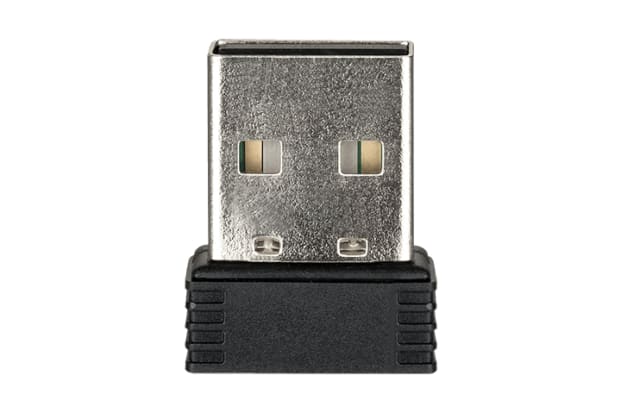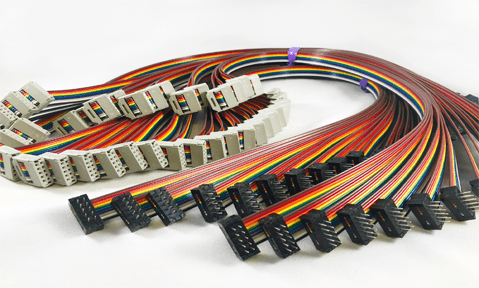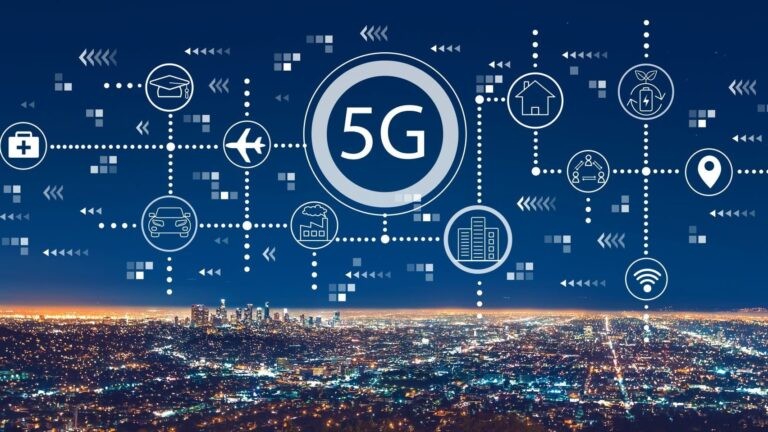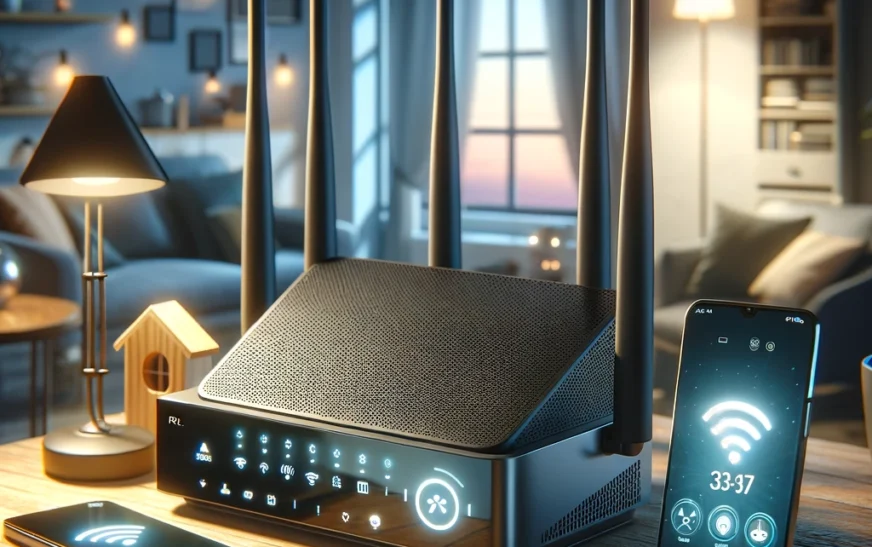As global connectivity continues to expand, the demand for efficient wireless communication has reached unprecedented levels. Whether it involves linking headphones to a mobile device, transferring data across various gadgets, or managing smart home systems remotely, Bluetooth technology is integral to facilitating these operations. Nevertheless, not every device is equipped with inherent Bluetooth functionality. This is where Bluetooth adapters become vital, acting as crucial instruments that connect disparate devices and enable wireless interactions.
This article examines the realm of Bluetooth adapters, detailing their definition, operational mechanisms, the various types available, their uses, and the essential features to consider when selecting one. By the conclusion of this article, readers will gain a thorough insight into Bluetooth adapters and their importance in the contemporary technological environment.
1. Understanding Bluetooth Technology

1. What is Bluetooth?
Bluetooth is a wireless communication protocol designed for short-range connectivity among devices. It facilitates data exchange over limited distances, generally up to 100 meters, without requiring cables or physical links. Since its introduction in 1998, Bluetooth technology has undergone significant advancements, improving in speed, range, and energy efficiency. It finds extensive application in various fields, including audio streaming, data transfer, and device management.
Bluetooth functions within the 2.4 GHz frequency band, employing a method known as frequency hopping to reduce interference and ensure reliable connections. This technology is prevalent in smartphones, tablets, laptops, headphones, speakers, smartwatches, and numerous other electronic devices.
2. How Bluetooth Works
Bluetooth technology is based on a master-slave configuration, where one device (the master) governs the communication with one or more other devices (slaves). When two Bluetooth devices are paired, they create a secure connection that enables data exchange. The pairing process typically requires a one-time authentication step, during which users may need to input a passkey or verify a code on both devices.
After successful pairing, the devices can communicate wirelessly, transmitting and receiving data packets as necessary. Bluetooth connections are generally low power, which aids in preserving battery life on mobile devices and peripherals.
2. What is a Bluetooth Adapter?

A Bluetooth adapter is a device that facilitates wireless connectivity between a computer or other hardware and Bluetooth-enabled devices. These adapters are particularly useful for adding Bluetooth capabilities to devices lacking integrated Bluetooth support, such as older desktop computers, laptops, or specific gaming consoles.
Bluetooth adapters are available in various formats, including USB dongles, internal PCIe cards, and embedded modules. By utilizing a Bluetooth adapter, users can connect to an extensive array of Bluetooth devices, such as headphones, keyboards, mice, smartphones, and smart home gadgets.
a. Functionality of Bluetooth Adapters
Bluetooth adapters operate by translating signals between the Bluetooth-enabled device and the computer. When a Bluetooth adapter is connected to a computer, it installs the required drivers to activate Bluetooth functionality. After the drivers are successfully installed, users can scan for available Bluetooth devices, pair them, and create a wireless connection.
The adapter interacts with the Bluetooth device using a series of protocols established by the Bluetooth specification, ensuring that data is transmitted securely and efficiently.
3. Types of Bluetooth Adapters

Bluetooth adapters are available in various types, each tailored for specific applications and device compatibility. Familiarity with these different types can assist users in selecting the most suitable adapter for their requirements.
a. USB Bluetooth Adapters
USB Bluetooth adapters represent the most prevalent category of Bluetooth adapters. These compact devices connect directly to a computer’s USB port, thereby providing Bluetooth capabilities. Typically, USB Bluetooth adapters are designed for plug-and-play functionality, eliminating the need for extensive setup or additional software.
Advantages:
– User-friendly installation process.
– Portable and compatible with multiple devices.
– Offered in a range of sizes, from compact to larger models with enhanced features.
Disadvantages:
– Range limitations compared to internal adapters.
– May extend from the USB port, increasing the risk of damage.
b. PCIe Bluetooth Adapters
PCIe Bluetooth adapters are specifically designed for desktop computers. These adapters are installed directly into a PCIe (Peripheral Component Interconnect Express) slot on the motherboard. They often provide superior performance, enhanced range, and additional features, such as external antennas.
Advantages:
– Enhanced performance and range due to external antennas.
– Not constrained by the speed limitations of USB ports.
– Ideal for users requiring dependable, high-speed wireless connectivity.
Disadvantages:
– Installation necessitates opening the computer case.
– Less portable compared to USB adapters.
c. M.2 Bluetooth Adapters
M.2 Bluetooth adapters are akin to PCIe adapters but are specifically designed for contemporary motherboards that support the M.2 interface. These adapters are compact and can deliver high performance with low latency, making them well-suited for gaming and multimedia applications.
Advantages:
– Compact design ideal for smaller devices.
– High-speed performance with minimal latency.
Disadvantages:
– Requires an available M.2 slot on the motherboard.
– Installation may be intricate.
d. Embedded Bluetooth Modules
Embedded Bluetooth modules are integrated circuits intended for manufacturers to incorporate Bluetooth functionality directly into their products.
4. Key Features to Consider When Choosing a Bluetooth Adapter

Selecting an appropriate Bluetooth adapter involves several considerations, such as compatibility, range, and features. Below are some important aspects to evaluate:
a. Bluetooth Version
Bluetooth technology has progressed through various versions, each bringing enhancements in speed, range, and energy efficiency. The most prevalent versions include:
– Bluetooth 4.0: This version introduced Low Energy (LE) technology, optimizing power consumption for devices such as fitness trackers and smartwatches.
– Bluetooth 4.1: This version improved device compatibility and connection management.
– Bluetooth 4.2: This version offered enhanced privacy features and increased data transfer rates.
– Bluetooth 5.0: This version doubled the range of Bluetooth connections (up to 240 meters) and boosted data transfer speeds (up to 2 Mbps), making it particularly suitable for smart home applications and IoT devices.
Opting for a Bluetooth adapter that supports the latest version guarantees superior performance and compatibility with modern devices.
b. Range and Signal Strength
Bluetooth operates within defined range limits, generally between 10 meters (33 feet) and 100 meters (328 feet), contingent on the device class and environmental factors. Class 1 devices can transmit signals up to 100 meters, while Class 2 devices, which are most commonly found in consumer electronics, typically have a range of approximately 10 meters.
When selecting a Bluetooth adapter, it is crucial to consider the necessary range and signal strength for your specific application. If the adapter will be used in a larger space or in environments with potential obstructions (such as walls or furniture), a higher-range adapter equipped with external antennas may be advantageous.
c. Compatibility with Operating Systems
Prior to acquiring a Bluetooth adapter, verify its compatibility with your operating system. While most adapters are compatible with Windows, macOS, and Linux, some may have restricted compatibility. It is vital to investigate any potential issues, particularly if you are using a less common or older operating system.
d. USB Version
When selecting a USB Bluetooth adapter, ascertain whether it utilizes USB 2.0 or USB 3.0. USB 3.0 provides faster data transfer speeds.
5. Applications of Bluetooth Adapters
Bluetooth adapters serve a multitude of purposes, rendering them valuable tools for both consumers and professionals. Below are several prevalent applications:
a. Connecting Headphones and Speakers
A primary use of Bluetooth adapters is to link wireless headphones and speakers to devices that lack built-in Bluetooth functionality. This capability allows users to enjoy audio from their laptops or desktop computers without the inconvenience of tangled cables.
b. Transferring Files
Bluetooth adapters facilitate the wireless transfer of files between devices. This feature is particularly advantageous for sharing photos, documents, and other files among smartphones, tablets, and computers. Users can conveniently send files to friends or colleagues without the need for email or cloud storage solutions.
c. Connecting Peripherals
Bluetooth adapters enable the connection of wireless peripherals such as keyboards and mice to computers. This functionality helps minimize clutter and improves the overall workspace environment. Additionally, many gamers utilize Bluetooth adapters to connect game controllers, providing a wireless gaming experience.
d. Smart Home Integration
The integration of Bluetooth technology into smart home devices is becoming increasingly common, allowing users to manage appliances, lighting, and security systems via their smartphones or tablets. Bluetooth adapters facilitate the connection of computers to these smart devices, thereby enhancing home automation and control.
e. IoT Applications
The growth of the Internet of Things (IoT) has heightened the demand for Bluetooth-enabled devices. Bluetooth adapters are crucial in enabling communication between IoT devices, making them essential components in smart homes, healthcare, and industrial settings.
6. The Future of Bluetooth Adapters
1. Progress in Bluetooth Technology
The ongoing evolution of Bluetooth technology will inevitably lead to enhancements in Bluetooth adapters. Anticipated advancements may encompass higher data transfer rates, enhanced energy efficiency, and broader range capabilities. With the growing number of devices featuring Bluetooth functionality, the need for superior Bluetooth adapters is expected to persist.
2. Integration.
Bluetooth technology has gained widespread acceptance and is now anticipated by consumers across nearly all sectors. The introduction of new low-power consumption alternatives is advancing Bluetooth solutions to unprecedented levels. By capitalizing on these emerging trends and the accompanying silicon technologies that facilitate them, developers can guarantee that their applications maintain connectivity and security. Discover how Silicon Labs aids in the integration of Bluetooth into your smart device designs.






